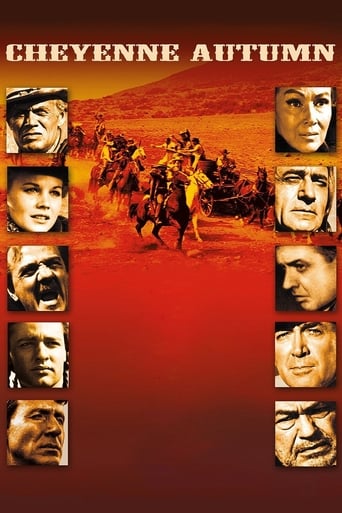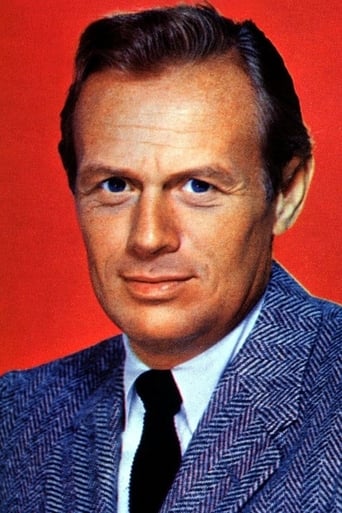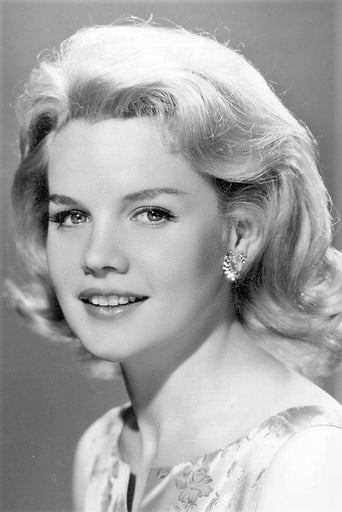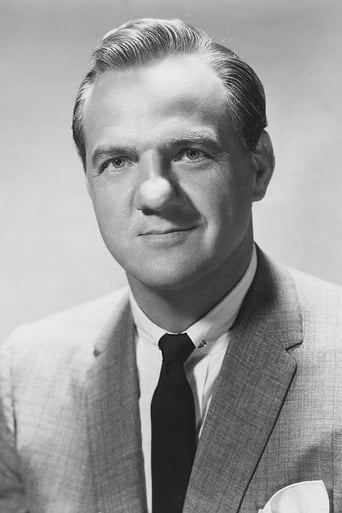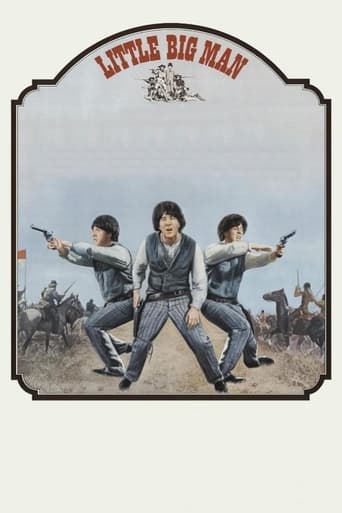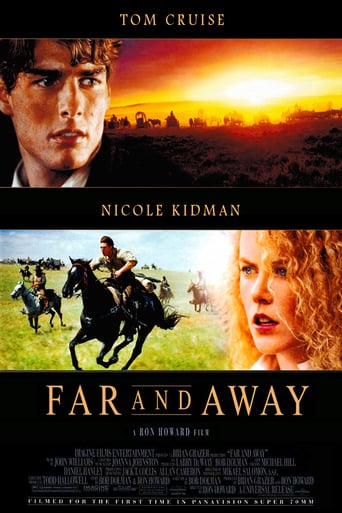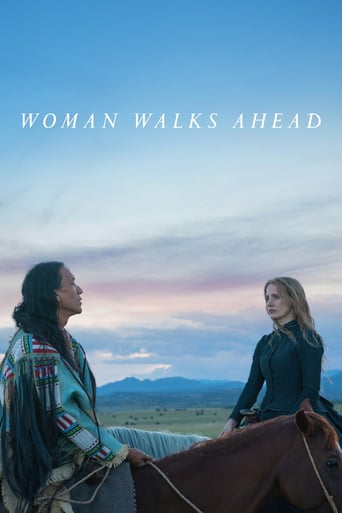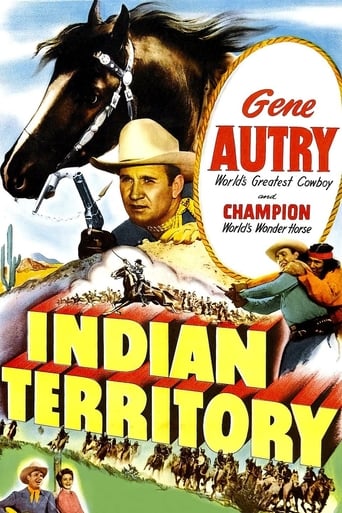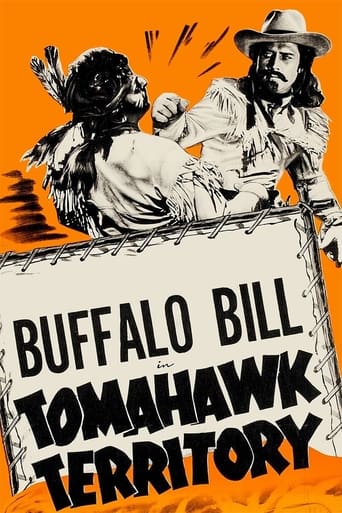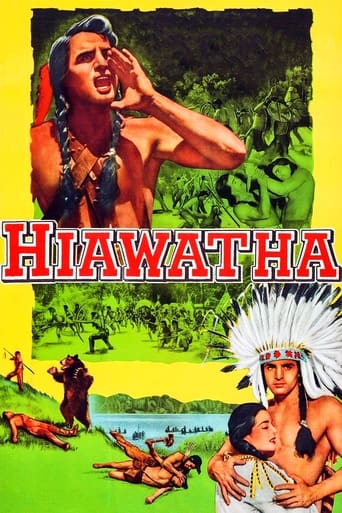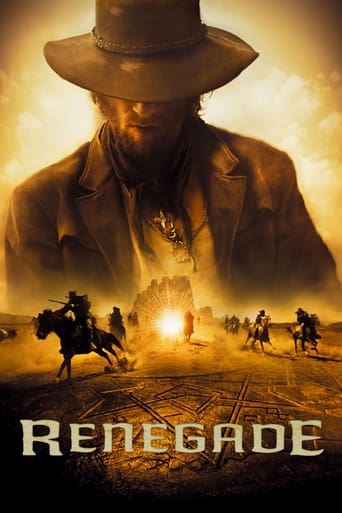Cheyenne Autumn (1964)
A reluctant cavalry Captain must track a defiant tribe of migrating Cheyenne.
Watch Trailer
Cast


Similar titles
Reviews
This was John Ford's last Western and it is generally viewed as a weak film. It has been described as his "apology" to Indians for his allegedly negative portrayal of them in his earlier films. If you read the statement he made to Peter Bogdonavich, he doesn't actually use the word "apology". He says he just wanted to a make movie told more from the Indian point of view. This makes more sense, because most Ford Westerns, with perhaps the exception of "Stagecoach" and "Rio Grande" dealt relatively fairly with Indian characters. I don't think he had much to apologize for. This movie is underrated by critics. I'm not sure why. I thought it compared favorably with his better work. Here are the positives about the movie: It may be Ford's most beautiful film. He lingers in Monument Valley far longer than the logic of the script would dictate. He knew this would be that last time he would shoot there. The results are spectacular.The film has a stately, almost regal pace with an excellent accompanying soundtrack. This matches the pace of the central plot element – a six month journey by foot.It manages to never be dull. This is quite an accomplishment since there is no real hero, no real heavy and very little violent conflict. It's an example of very fine low key storytelling.Although this is a strong Indian point of view movie, it never becomes condescending or maudlin. Both sides are presented with respect and complexity.I've read much criticism of the Dodge City comic relief interlude. I thought this was fantastic segment. What a pleasure to see old pros like John Carradine, James Stewart and Arthur Kennedy do cameos in Ford's last Western. Ford understood the importance of inserting comic relief into Westerns, which are normally tense dramas in need of counterpoint. This is even more effective in the fundamentally somber "Cheyenne Autumn".Almost all strong Indian point of view movies are relentless downers that include no comic relief. For example, "Devil's Doorway", "Broken Arrow", "Dances With Wolves". Ford doesn't compromise on his traditional heavy use of humor in this movie and he also includes a somewhat optimistic ending. The ending may seem unrealistically positive, but it is actually at least partly rooted in historical accuracy, from what I've read. Of course, in the big historical picture there was no happy ending for the Indians. The question is: who wants to watch a movie that is that depressing? Ford strikes a good compromise here. Carol Baker is an underrated actress. She has a great screen presence and is very good in this film. Her character was very credible, if maybe a little too good looking. If she's a typical 1880's Quaker chick, I would have had to rethink my religious affiliation.Now here are some things that kept the movie from being better:Widmark looks great, but I wish his character had been a more active player in plot developments. It's not best for the male lead to be too much of an observer. Also, he is way too old to be Carol Baker's romantic interest.The Indians are poorly cast with the use of mediocre Hispanic actors. I can't believe those weird bangs are authentic hairdos either. If they are, I would have invoked artistic license to change them.The subplot with the split between the Cheyenne leaders and the final confrontation at the end was poorly drawn, poorly acted and pointless.There are a few plot holes. The only one that really bothered me was the Cheyenne somehow managing to smuggle 20 rifles into their holding facility in the fort in Nebraska.Finally, this isn't really a fault, but I wanted to mention that I'm torn about Karl Malden's character. On the one hand, it seems very odd to introduce a German officer who's oppressing the Cheyenne because "he's only following orders." Do we have to implicate the Germans in our genocide? Don't they have enough problems of their own on this issue? On the other hand, I guess the point was to draw a comparison between the Holocaust and the destruction of the American Indian population. This was probably a very aggressive and controversial idea in 1964, for Americans anyway. The Germans I've known over the years never had a problem mentioning it to me. In fact, often they would talk of little else.
Nearly every shot in CHEYENNE AUTUMN is breathtaking in its beauty. It's unfortunate that the movie itself is so inconsistent. Starting out as the noblest of ventures, John Ford establishes that his last western is going to be decidedly pro-Indian. The Cheyenne, forced from their land and held on a government controlled reservation decide to move back. Cavalryman Richard Widmark attempts to stop them. In the middle, the film comes to a grinding halt for a very bizarre and very "out of left field" episode involving Dodge City, Wyatt Earp, some hookers and a comic cowboys and Indians scene. Still, the movie has a lot to offer, not the least of which is Widmark's excellent performance. He's conflicted in his desire to follow orders but also very well aware of how cruel his orders are. Carroll Baker is a Quaker who gives him a run for his money. As Indians, the seemingly implausibly cast Ricardo Montalban and Gilbert Roland actually come across as well rounded and very intelligent. Sal Mineo has a nearly silent role as a hot headed Indian and the legendary Dolores Del Rio plays his mother. James Stewart pops up as Wyatt Earp in the aforementioned Dodge City sequence, but he, along with Arthur Kennedy as Doc Holliday, are wasted. Featuring another great music score by Alex North.
The way Monument Valley is presented here is symbolic of half of what is wrong with this movie: unlike "Stagecoach," "She Wore A Yellow Ribbon," or "The Searchers," the mesas and valley are not revealed to us here as anything unique. They just serve as a backdrop, like any other picture-perfect-postcard generic movie setting. Seeing the river again, for instance, as the Cheyenne cross it, is pretty strange, like seeing an old friend who doesn't recognize you any more. And in "Autumn," when the soldiers yell out orders, they prolong it until the echoes are heard from the rocks. That's what this movie is, in a sense: just an echo of earlier, stronger movies.The other half of this film's awfulness is that it just can't get a focus; it sprawls out all over the place, and this is only worsened by the Overture, Entr'acte, and Intermission breaks, in spite of which apparently Ford still wanted to put the Dodge City sequence in there as an "intermission." That said, nothing by John Ford can be totally bad, and we can find here echoes of his vision: the sound the quiet, dignified, silent Cheyenne make as they move, like dry leaves falling to the ground; the nightmarish end of Karl Malden's scene at the fort; the whole "Cossacks" scene in the tent between Mr. Sergeant Wachoski (? spelling) and Captain Archer; and that wonderful little "noble savage" scene in the New York newspaper office.Maybe, given the chaotic times (those of both the 1960s AND the 1870s), Ford couldn't have come up with anything else, but the man who did "She Wore A Yellow Ribbon" could not be the same man who did justice to the story of the Northern Cheyenne exodus in the fall of 1878. Maybe he knew that, too, and wanted to do a little penance; and that is why he put in that excerpt from "Ribbon" of the stagecoach rushing in and the driver tossing off some newspapers. That's real sad.However, Ben Johnson's riding skills are given more screen time than in "Ribbon"; that's something.I do hope that some day somebody as good as Ford but without his baggage does an in-depth film about what happened in 1878. That was really something.
On September 9, 1878, the Cheyenne, led by warrior chiefs Little Wolf and Dull Knife began a 1500 mile trek from the Oklahoma Territory north to their original homeland in Montana. "Cheyenne Autumn" tells that story in all of it's desperation and futility, a chapter of American history that remains all but unknown today. The picture, directed by John Ford is often epic in it's sweep, and the film is at it's best when the native Cheyenne are front and center during their heroic struggle. The all star cast is outdone only by the gorgeous cinematography, and for a picture coming in at two and a half hours, I found the grandeur of the open West to be an excellent tonic against what could have been a boring ride under different circumstances.However there was that out of place interlude with Jimmy Stewart and Arthur Kennedy as Wyatt Earp and Doc Holliday during the Dodge City intermission. You had to wonder what director John Ford was thinking when he went for the almost camp proceedings in an otherwise serious picture. In another film, the sequence would have been a blast, particularly the scene when Wyatt recalls that yes indeed, he 'did know her in Wichita'. Still, the whole thing made me appreciate Hugh O'Brian and Myron Healey even more.I was intrigued by the scene when Chief Tall Tree (Victor Jory) passed the sacred bundle to Little Wolf (Ricardo Montalban) instead of Dull Knife (Gilbert Roland). It became apparent why some time later when the tribe split apart under their separate chiefs, with Little Wolf maintaining the resolve to continue the journey instead of capitulating to surrender. When Little Wolf defends his dignity at the expense of Red Shirt (Sal Mineo) toward the end of the picture, it was one of those defining moments that spoke to the honor and integrity that a warrior chief would have aspired to. You know, I was curious about something. How was it that during the first battle with the Cheyenne after crossing the river, Major Braden (George O'Brien) places Captain Archer (Richard Widmark) under arrest, but Archer then assumes command after Braden is killed - where was the rule book on that one? Thinking about it, a journey of fifteen hundred miles on foot and horseback sounds awful daunting, and the picture really didn't seem to offer a perspective on how long it actually took, except for the change of seasons intimated by the winter snow scene. The actual journey took one hundred ninety seven days, the thought of which doesn't really begin to sink in as you watch the picture from the comfort of your living room couch. Picture that effort as a six month journey on foot against hostile terrain and enemy soldiers, and it makes you appreciate just what a people will do to maintain their honor and freedom.

